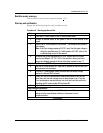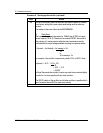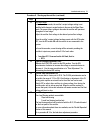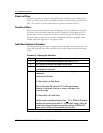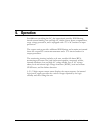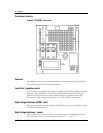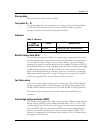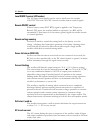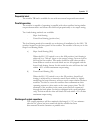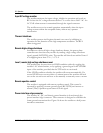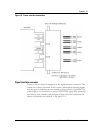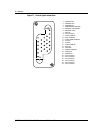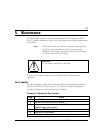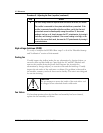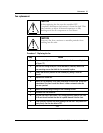
Operation 37
Helios Rectifier 25/48 Installation and User Manual
Sequential start
The rectifier TR lead is available for use with an external sequential start circuit.
Parallel operation
The rectifier is capable of operating in parallel with other rectifiers having similar
output characteristics and shares the total load proportionally to its output rating.
Two load-sharing methods are available:
- Slope load sharing
- Forced load sharing (positive bus)
The load sharing method is normally set at the time of installation by the SLS / FS
switches located on the front panel of the rectifier. The rectifier is factory set to the
Slope Load Sharing Mode.
a) Slope Load Sharing (SLS)
When the SLS / FS switch is set to the SLS position, load sharing is
achieved, by a -300 mV slope on the output voltage, from no load to
full load on the rectifier. This mode should be used when rectifiers
from different vendors are used which are not all equipped with the
forced load-sharing feature. In this mode the units will share the load
within +
10% of their maximum output rating.
b) Forced Load Sharing (FS)
When the SLS / FS switch is set to the FS position, forced load
sharing is achieved by an internal control circuit which, by slightly
modifying the loop reference, achieves equal output current between
rectifiers. For this to occur the rectifiers must communicate their
operating current to other units on the same power plant. The CS
terminals of the rectifiers in the same power shelf are connected
through the back plane (for shelves equipped with a pcb backplane
only). In this mode the units will share the load within +
2% of their
maximum output rating.
Discharge of output capacitors
The output capacitors will be completely discharged (< 2 V) two minutes
after the AC power has been removed and the rectifier has been
disconnected from the batteries or parallel units.



